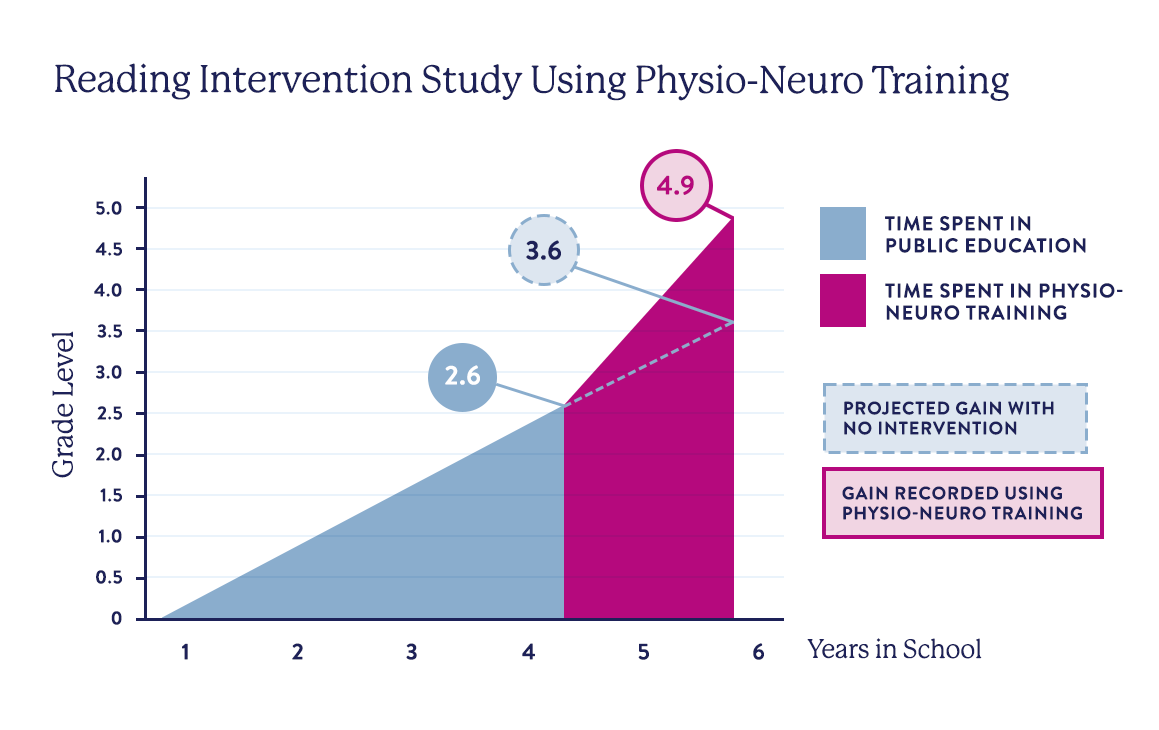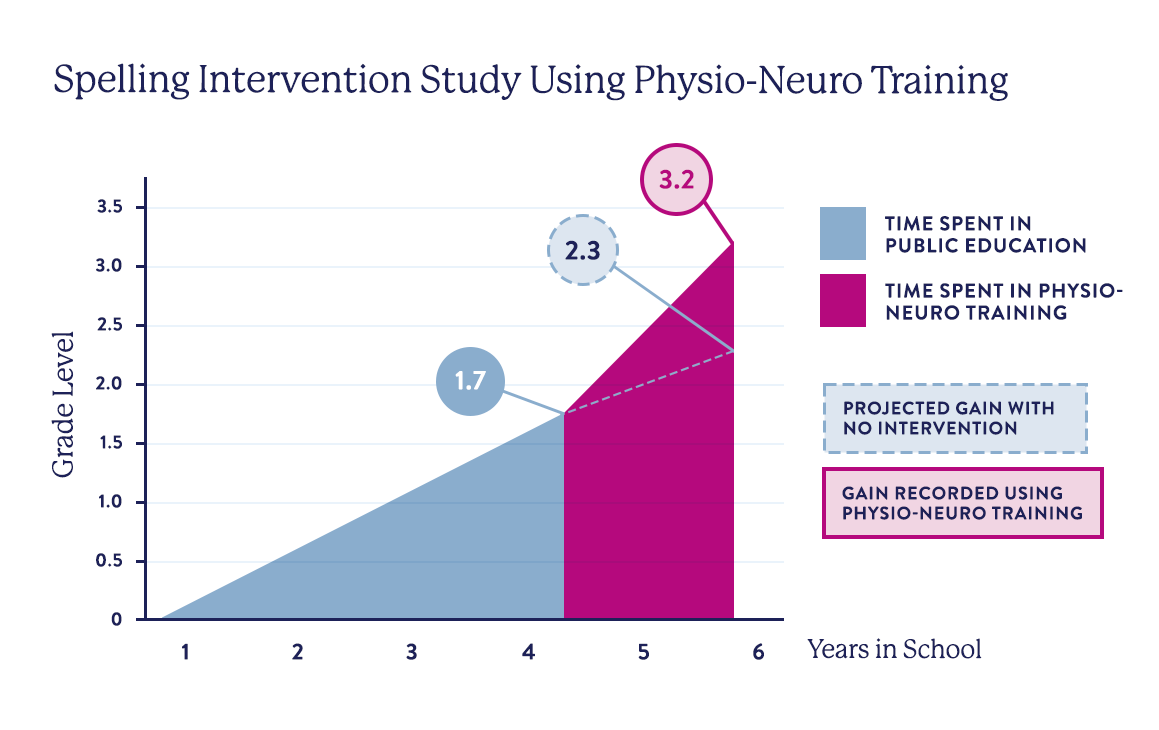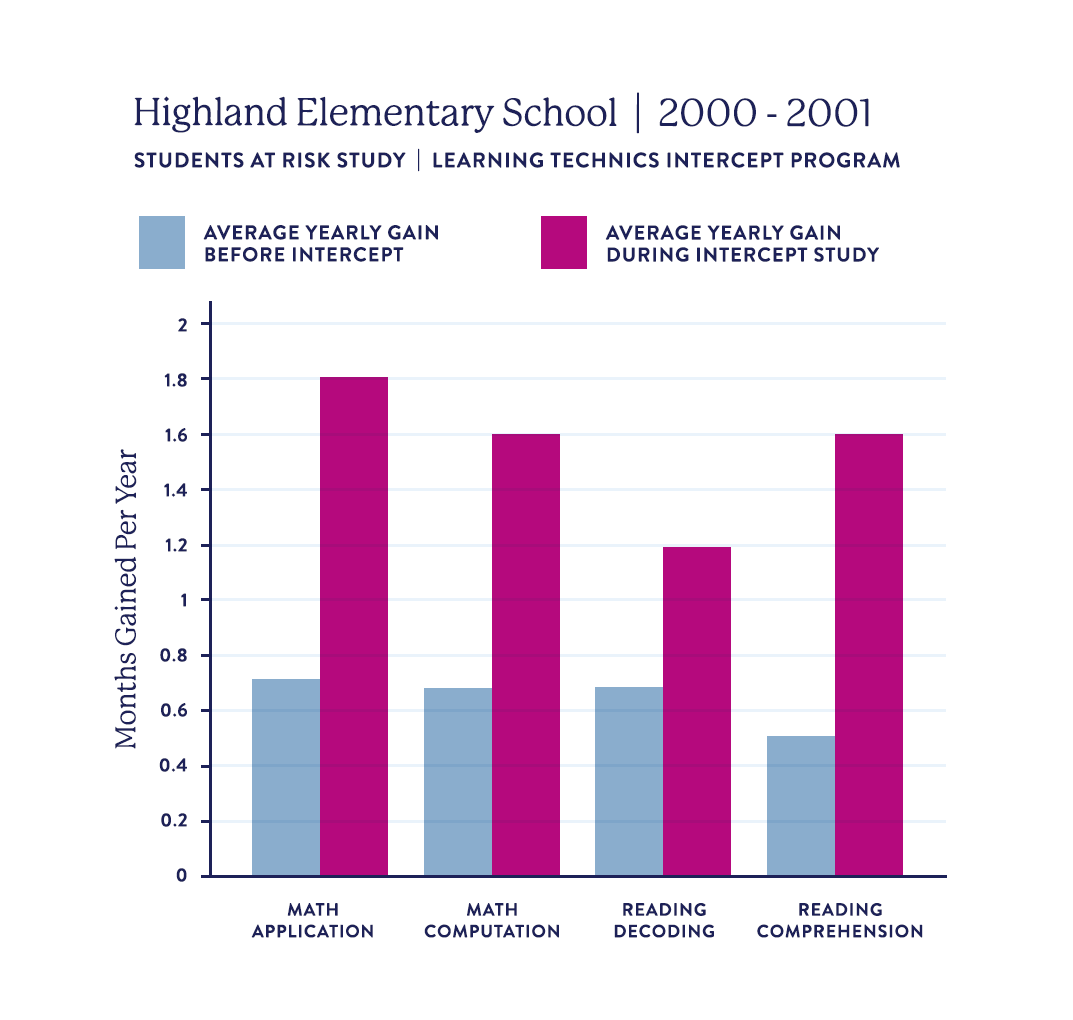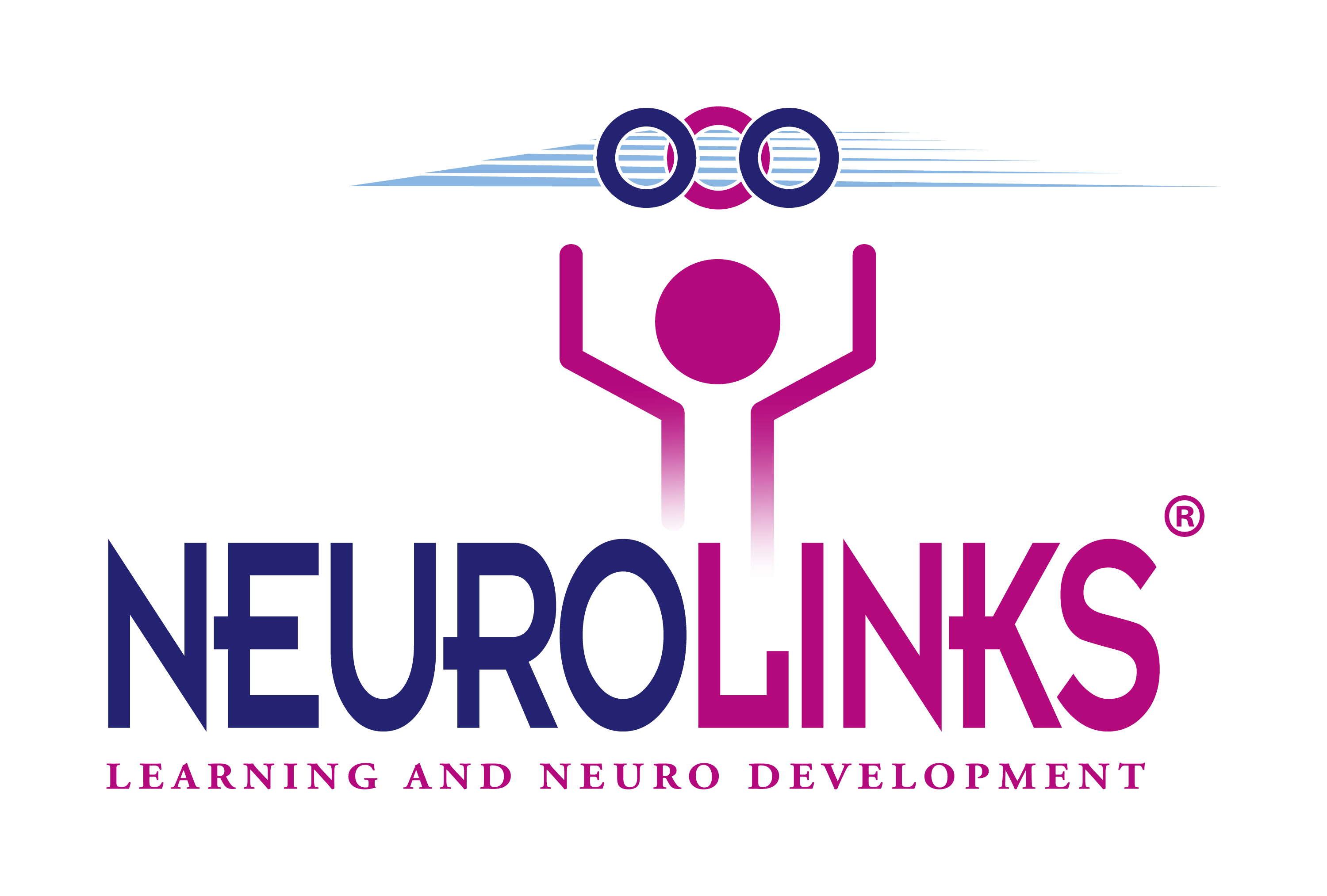Our Research
For years neuroscientists believed that the brain was hardwired and like a computer had to be assembled correctly to work properly. However, more recently with advancements in the world of science, that theory has changed and it is now universally understood that the brain can rewire itself based on our ongoing experiences through neuroplasticity. Thus, when a person experiences weak neurological development, and struggles academically, educators often employ tutoring programs to help. However, these programs often do not work because what needs to occur is a reprogramming of the neurological pathways in the brain – to teach the student how to learn.
Each person learns differently and therefore must be taught differently. This may be true in theory, but we all know it’s rarely practiced. This means that only about 80% of students learn effectively within a normal classroom environment. Typical education systems today are ill-equipped to address the neurological demands of each individual student.
Physio-Neuro Therapy was developed after more than a decade of brain research by a team of experts and specialists. It was first tested in an educational setting in 1988, with an outcome so successful that the testing and research has continued to create the inspiring and innovative program that it is today. It’s supported by current brain research and does not require continuous therapy. Rather, Neurolinks is a short-term treatment program that will allow your child to maintain a higher level of academic performance without the need for continuous intervention.
Physio-Neuro Therapy has shown quantifiable results in assisting struggling students. In fact, in 2006 this research was presented at an international conference on learning disabilities at Oxford University.
Case study 01
Arizona School Study Shows Remarkable Improvement in Math and Reading
Neurolinks’ Physio-Neuro Therapy training was first used by a school in Arizona. Sixty-one failing students participated in the program for twenty-five minutes a day, four days a week. These students were from the bottom 3% of students in their school district. After participating in the Physio-Neuro Therapy program, a sample of the bottom 3% were the source of 22% of all the honor students in the district. All students continued to improve in the years after completing Physio-Neuro Therapy. Less than 4% required any additional remedial help. The long-term results confirmed that the ability to learn can be permanently changed.
* The ranking was based on a random sampling of participating students.
Case study 02
Research shows amazing gains in Spelling and Reading
An eight year study found that before participating in the Neurolinks program, students were generally several years behind in school. The results are shown in the graphs to the right.
The first graph depicts the average reading grade level of 51 students. At the beginning of the study, the average 4th grade student’s reading performance was at 2nd grade level. Two years later, after participating in Neurolinks, the rate of gain increased by 130%, and the average student could read at nearly 5th grade level.
The second graph depicts the average spelling grade level of 51 students. At the beginning of the study, the average 4th grade student’s spelling performance was at 1st grade level. Two years later, after participating in the Neurolinks program, the rate of gain increased by 90% and the average student could spell at 3rd grade level.


Case study 03
Highland Elementary Research Project (2000-2004)
The purpose of this study was to determine if the application of new brain research implemented in the Physio-Neuro Therapy program could significantly improve struggling students’ ability to turn teaching into learning. Each student was pulled out of class for about twenty-five minutes. During this time, the students were given activities tailored to stimulate specific types of brain development that would create increased capacity to perform specific types of tasks. The students were then returned to their regular classes with no additional intervention of any kind.

Highland Elementary used KTI tests in this study.
